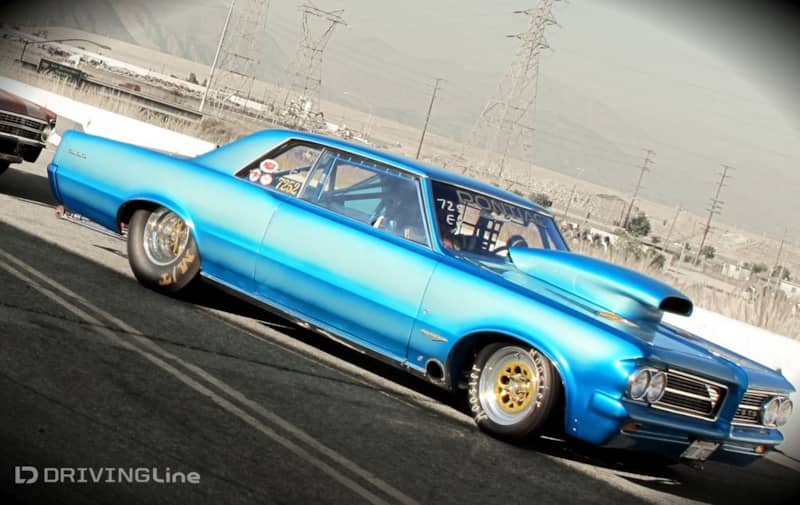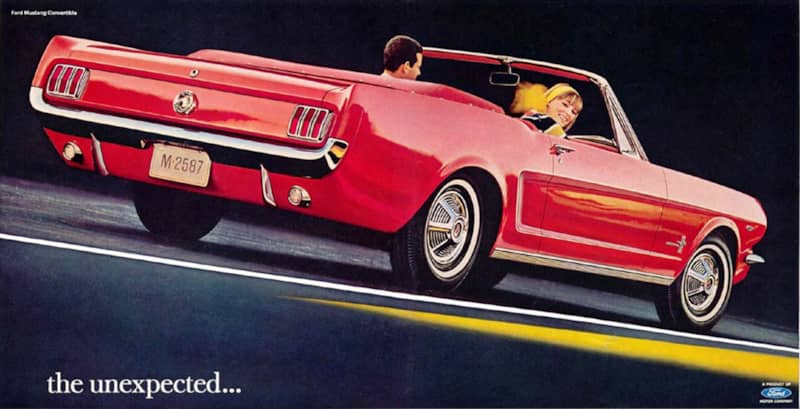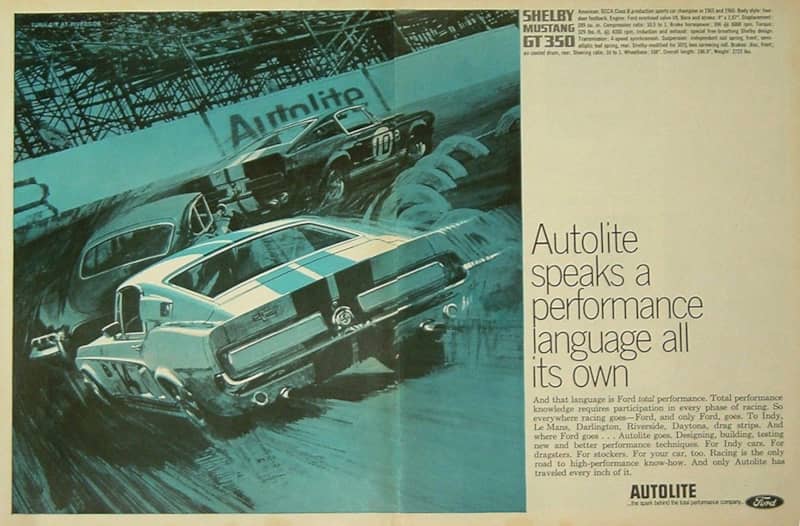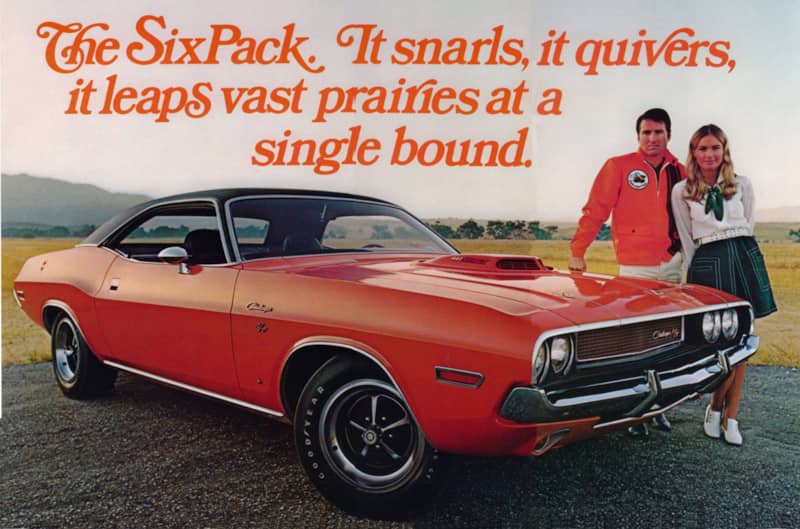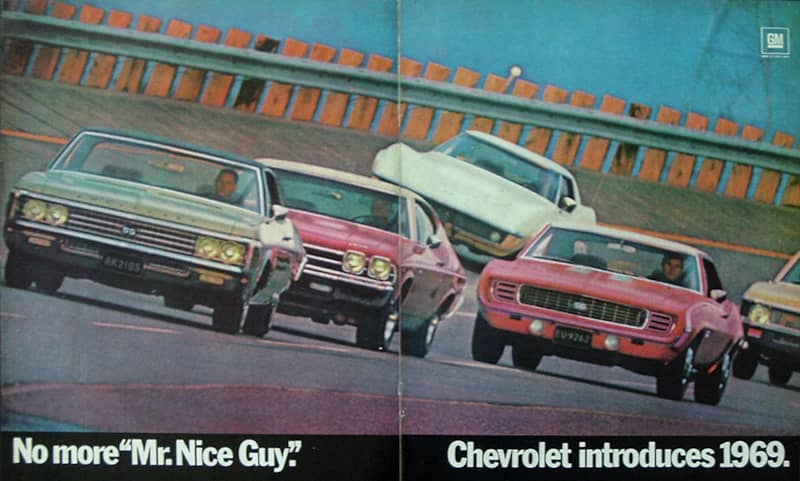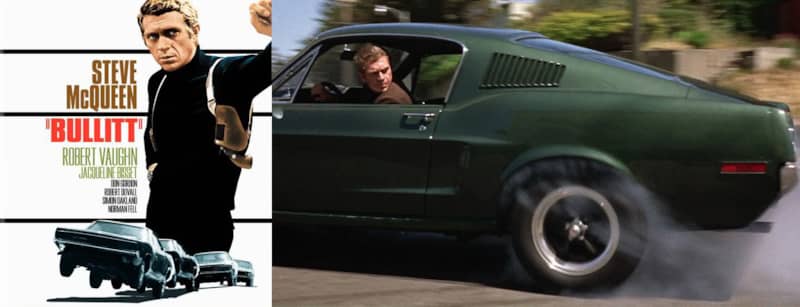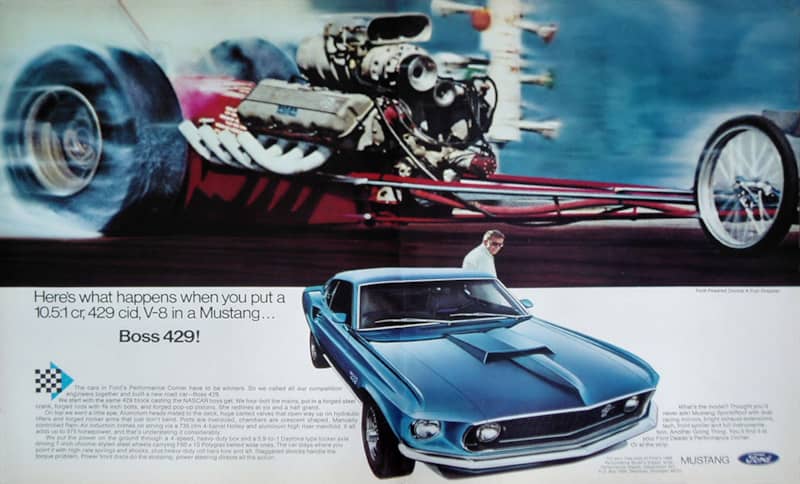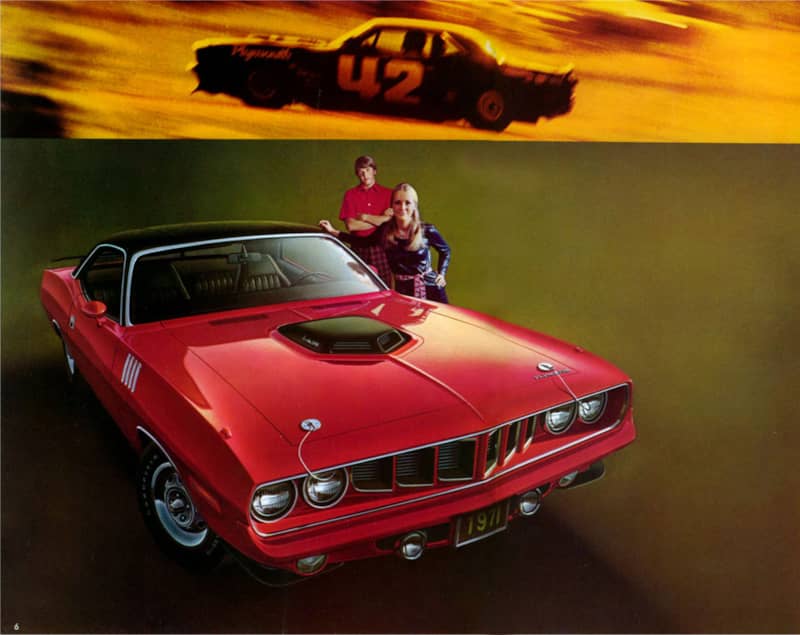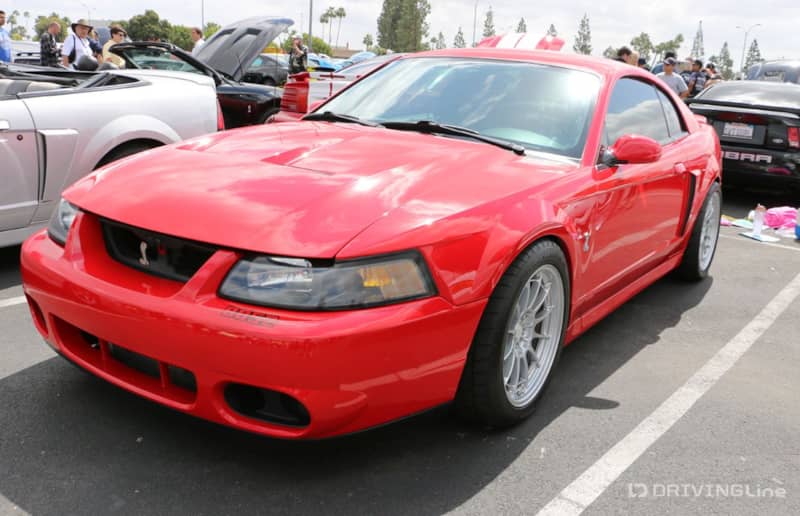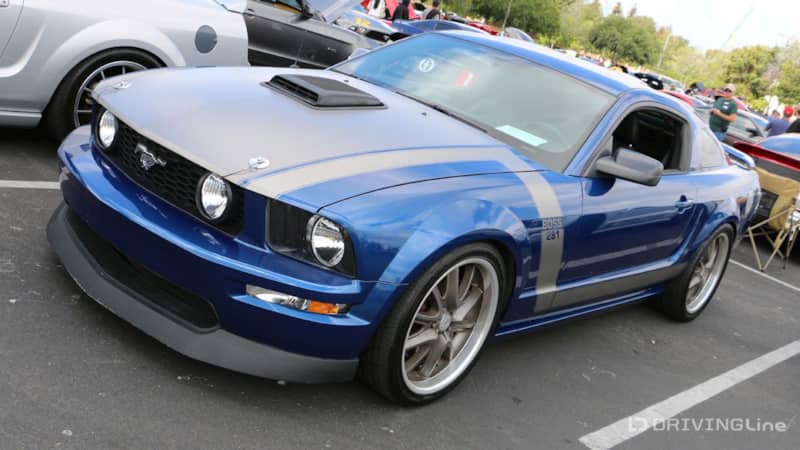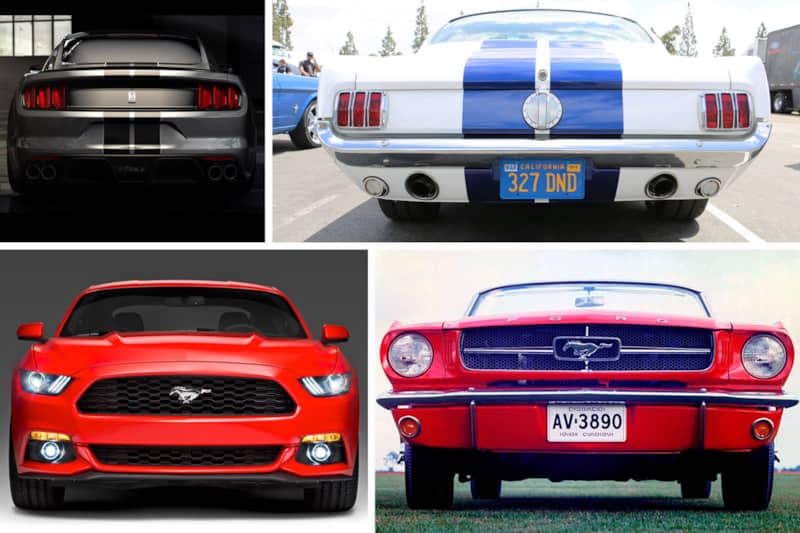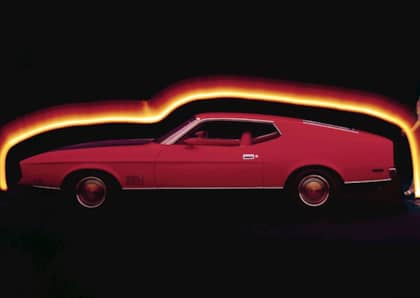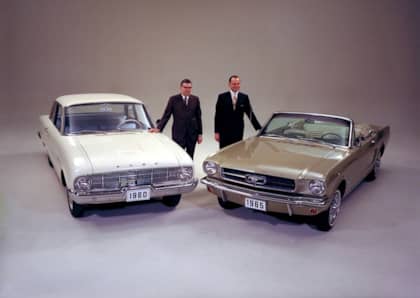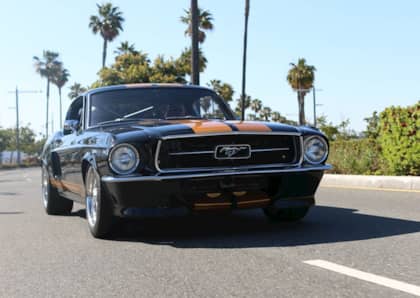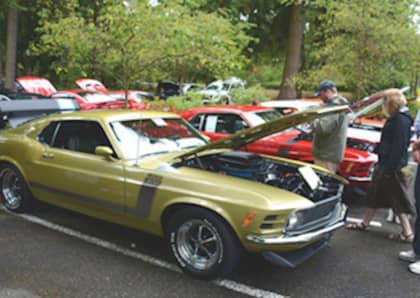The Evolution of the Muscle Car
As anyone with even a passing interest in motor culture knows, the 50th anniversary of the Ford Mustang is being celebrated as a cultural touchstone. A completely revised and improved version is on the road for 2015 and looks to be a hot seller. Back in ’64, Ford couldn’t have timed the introduction of a new class of car any better. The cultural atmosphere was all about youth, fun and excess and the Mustang was there to roar into that new world.
The term “Muscle Car” was first used by Pontiac to describe their new for ’64 GTO. Based on the Tempest, the new hot rod boasted 389 cubes of growling Detroit V8, topped by at trick triple carburetor set-up. There were hulking, over-powered cars already available, but this one was mid-sized and it represented a shift in thinking coming out of the Motor City. The new GTO proved itself to be fastest car around, but the whole American automotive landscape was about to change. From nearly the beginning of the automobile age, there were powerful cars available for the moneyed elite. One of the key aspects that set 60’s Muscle Cars apart was their affordability to regular Joes. All you needed was a steady job and a heavy right foot. Enthusiasts point to the Olds Rocket 88 of 1949 or the Chrysler Hemis and Small Block Chevys of the 1950’s as the triggers of the Detroit horsepower wars. More accurately, it was a confluence of evolving technology, newly disposable income and pop culture.
By ’64, the Beach Boys were topping the charts with catchy songs about a fine 409 and little deuce coupes. Youth culture was already ignited and about to explode. Fuel was cheap and the economy strong. Plymouth had a small, sporty car aggressively called the Barracuda about to hit the streets. Likewise, Chevy had the compact Chevelle SS motored-up ready to go. But none of the American makers would be ready for what the Ford designers in Dearborn were about to unleash. The compact and sporty Ford Mustang rolled through the showrooms and across the highways like nothing since the Model A. It’s popularity was immediate and it’s name and dominant place in the market inspired a whole new class, The Pony Car.
Ford’s ace was in its marketing strategy. Where older Muscle Cars maintained a narrower appeal to a testosterone-fueled lust for power, the Mustang was conceived to attract a wider range of customers through an unheard of selection of factory options. Ford called it the “Building Block” approach. There were five engine choices, seven if you counted the two high performance Shelby GT350 versions. Multiple transmissions and suspension formulas could be tailored to fit the desires of any driver. All of this worked. Initially aimed at younger drivers, customers of all ages came running. By the middle of 1964, Ford was running their assembly lines overtime, rolling out almost 7000 Mustangs a week.
GM, Chrysler, and AMC couldn’t ignore Ford’s new upstart and all scrambled to come up with a challenger. By the end of ’66- two years later- Chevy introduced the Camaro. It looked and performed good, but Camaro drivers would switch on their radios and be forced to listen to Wilson Pickett singing about “Mustang Sally” and how she had to “…slow that Mustang Down…”
The Muscle Car wars really heated up as the 60’s progressed when GM and Chrysler decided that if they couldn’t out-sell the Mustang, they’d out-gun it. Pontiac reduced the size of their Firebird/GTOs to Pony Car proportions. Massive Big Blocks designed for larger NASCAR contenders could be factory stuffed into the tight engine bays of Camaros, Chevelles, Firebirds and Barracudas designed for more compact power plants. This pushed the smaller Pony sized cars deep into the extreme zone. The psychedelic haze of the late-'60s would be rattled by the pounding exhaust note of barely legal 400-hp Detroit street machines, driven straight out of the showroom.
Just as the Mustang seemed to be losing some ground to GM and Chrysler,at least in outright power, along came the King of Cool. Steve McQueen was the biggest actor in the world at the time, and when he tore up the punishing streets of San Francisco in his green ’68 fastback, stressing suspension, tires and transmission to the limit and spanking a Black Dodge Charger full of mob killers into flaming submission, there could be no doubt in any theatergoers mind what car was the king of the road.
A year later, Ford would stuff a ferocious hemi head 429 into its Boss Mustang that would stand up to anything the other manufacturers could conjure up. As the decade drew to a close, hood scoops, spoilers, racing graphics and big power bulged from the performance lineup of every Detroit manufacturer. Even Buick and Olds were in the game.
The '70s Pony Cars started out with even higher performance, and with the addition of the new E-body Dodge Challenger and Plymouth ‘Cuda, they looked better than ever. The future of the Muscle car seemed unlimited. Unfortunately, the OPEC-led gas shortage of 1972 turned the automotive industry on its head. Gas shock, outrageous insurance rates and increased government regulation conspired to strangle the glorious V-8 rumble that had ruled US highways and proved that American engineering stood beyond anything the imports could hope to create. Almost overnight, Detroit automakers diluted their aggressive souls into garishly-stickered family cars and deluded themselves into promoting emission-choked 150-hp small blocks as "performance" motors. Even worse, US consumers turned to foreign manufacturers for higher-mileage econoboxes that offered relief from spiraling fuel prices. A Muscle Car dead-zone droned on for years. Emasculated Mustangs, Camaros and Firebirds continued rolling off of assembly lines. Occasionally Detroit would decide to badge one of their lesser machines with a Muscle Car name pulled from past glories. Serious drivers looked the other way and dreamt of better times.
The 1990’s brought American power back near the 300-hp level. Cars performed once again, some of them better than their 1960’s namesakes. But the styling of the time was overly rounded and uninspired. A big part of the Muscle Car cult is the way the aggressive mass was designed to make the soul shout and the heart desire. A 20-year-old 1967 Mustang kept tremendous worth both in design worthiness and dollar value. They have become more precious as the years pass. A 20-year-old 1994 5.0 Mustang retains little value. Design and style has always counted in the muscle car war.
The modern Muscle Car race started in 2005 when Ford rolled out a retro-styled Mustang, borrowing heavily from its 1960’s roots. Ford’s VP of Design called it, “Retro-Futurism.” They looked right, pumped out real power and the public took notice - buying them in large numbers. Again Chrysler and GM were left scrambling to catch up as history repeated itself. A few years later, with Retro-Futurist Camaros and Challengers again storming the streets powered by 400-hp mills and handling far beyond anything built in their past, the American Muscle Car is thriving.
Detroit is in a strong new phase, investing heavily in new technology and using it to extract every measure of power possible. And just like the first time around, the Mustang is leading the way. For 2015, Ford has gifted Muscle Car fans with a truly modern interpretation of their '60s classic. The blue oval is serious about power in their new Pony Car king.
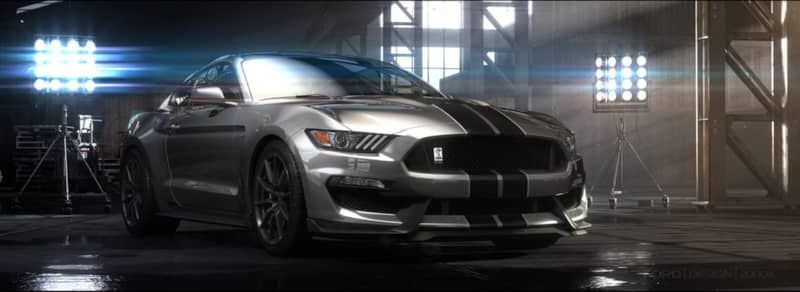
The V-8 GT rocks out over 400-hp, but the real Boss Hoss in the line up is the Shelby GT350 version, which will pump 500+ hp out of an advanced, but still traditional V-8. The suits in Dearborn are enthusiastic about taking on BMW, Audi and other European makes, without asking for any compromises. The new car’s fully independent rear suspension, advanced technology and good looks can make it happen. And the best thing about Ford’s new Pony Car is how it will force GM and Chrysler to up their game. Already, there is a 700-hp Challenger option, power far beyond anything available in the classic Muscle Car era and unthinkable only a few years ago. We can’t wait for the next-gen Camaro and Challenger to step up, raise the bar and push the Dyno into unheard of levels of power.




